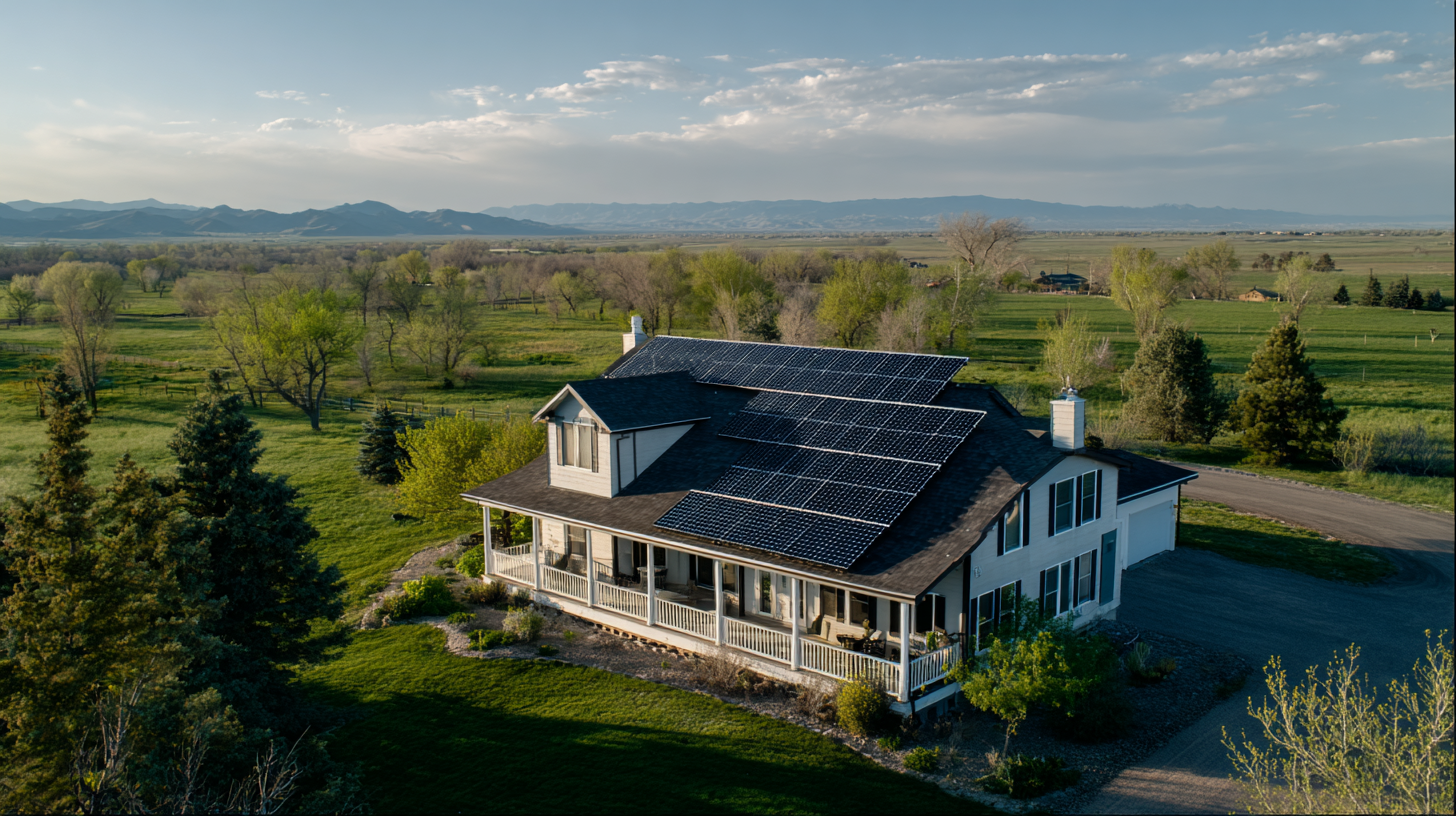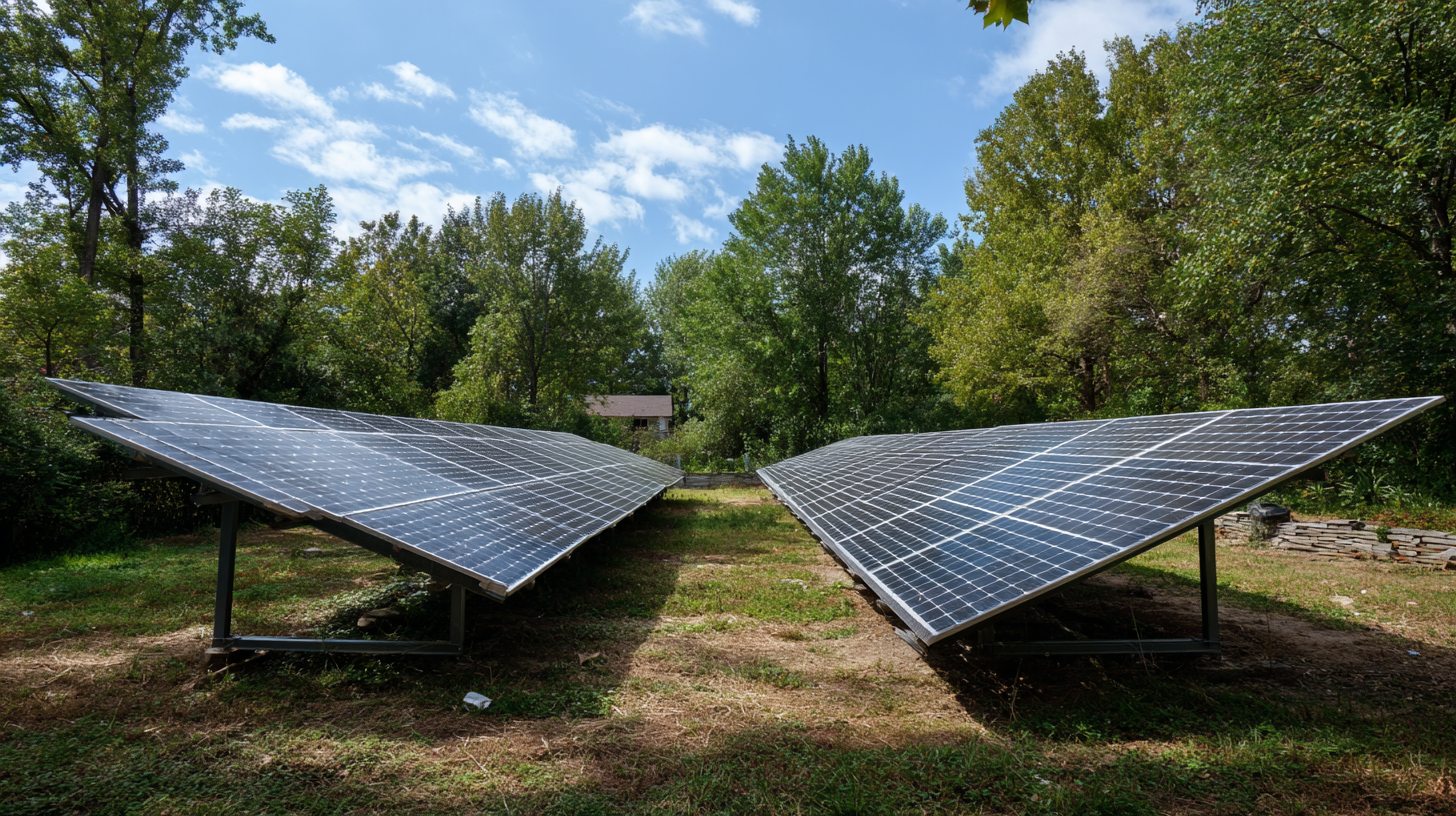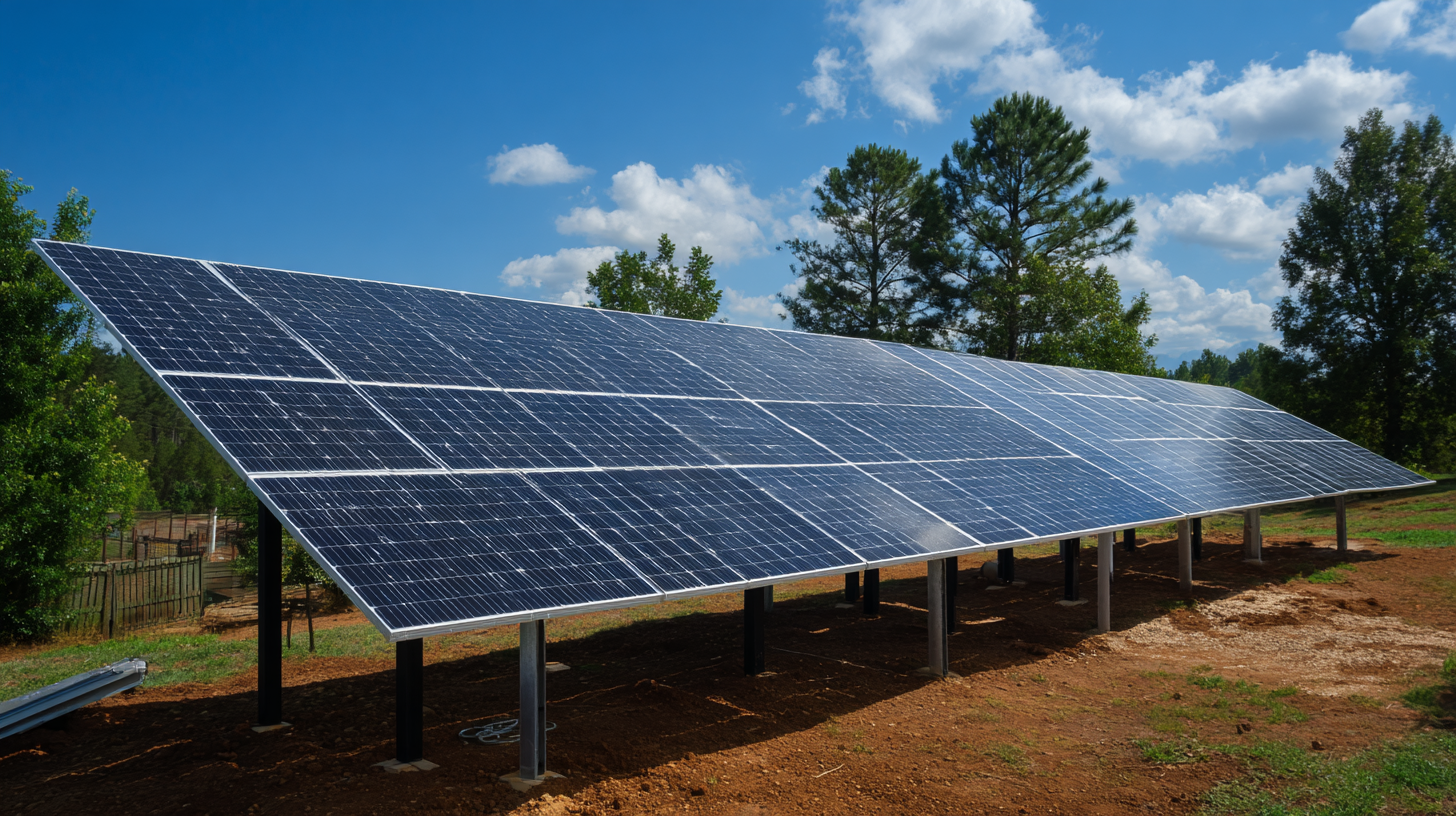Blog
How to Get Free Solar Panels for Your Home in Simple Steps
As the global demand for renewable energy sources surges, many homeowners are seeking sustainable solutions to reduce their energy costs and carbon footprint. One highly sought-after option is the availability of free solar panels, which not only promote environmental responsibility but also offer significant savings on electricity bills. According to the Solar Energy Industries Association (SEIA), the U.S. solar market is projected to grow by over 20% annually, highlighting the increasing accessibility of solar technology. Additionally, various incentive programs, including federal tax credits and state-specific initiatives, have made it possible for numerous households to install solar systems at little to no upfront cost. This blog will guide you through simple steps to acquire free solar panels for your home, empowering you to join the solar revolution while enjoying financial benefits.

Understanding Free Solar Panel Programs and Incentives
Many homeowners are unaware of the range of free solar panel programs and incentives available to them. These initiatives are designed to promote renewable energy usage and make solar power more accessible. Typically, these programs are offered through government agencies, local utilities, or nonprofit organizations, and they can significantly reduce or even eliminate the upfront costs associated with solar panel installation.

To take advantage of these free solar panel programs, homeowners should first research eligibility requirements in their area. Many programs prioritize low-income households or communities that have been historically underserved. Furthermore, some states offer incentives such as rebates or tax credits that can help offset installation costs even further. It is essential to understand the application process and necessary documentation to ensure a smooth transition to solar energy. By exploring these options, homeowners can enjoy the benefits of solar power without the financial burden.
Evaluating Your Eligibility for Solar Panel Grants and Subsidies
If you're considering making the switch to solar energy, understanding your eligibility for solar panel grants and subsidies is crucial. Many governments and organizations offer financial incentives to homeowners looking to reduce their energy costs while contributing to a greener environment. The first step in evaluating your eligibility is to research the specific programs available in your area. This can include federal grants, state-specific incentives, and local rebates. Each program may have different requirements based on your income level, the location of your home, and your energy consumption.
To determine if you qualify, review the eligibility criteria outlined by these programs. Often, factors such as the age and condition of your home, your credit score, and whether you're a first-time solar user all play a role in the assessment. Additionally, it's valuable to consult local solar providers or use online tools to estimate your potential savings and benefits from these programs. By gathering this information, you can strategically position yourself to maximize financial assistance and make your transition to solar energy both affordable and sustainable.
Eligibility Criteria for Solar Panel Grants and Subsidies
This chart illustrates the eligibility criteria for receiving solar panel grants and subsidies based on various factors. The percentage indicates how many applicants typically meet each criterion.
The Application Process for Securing Free Solar Panels
The process of securing free solar panels for your home can seem daunting, but with a few simple steps, you can navigate it effectively. First, research local and federal programs that offer solar incentives. According to the Solar Energy Industries Association (SEIA), more than 2 million residential solar systems have been installed in the U.S., with many homeowners benefiting from government subsidies that cover a significant portion of installation costs. Programs like the Federal Investment Tax Credit (ITC) allow homeowners to deduct a substantial percentage of their solar panel installation costs from their federal taxes.
To apply for these programs, start by checking your eligibility. Many states have specific income requirements or geographic restrictions. An excellent tip is to use online tools like the Database of State Incentives for Renewables & Efficiency (DSIRE) to find tailor-made information based on your location. Additionally, when applying, gather necessary documentation, such as proof of income and your utility bills, which can help streamline the process.
Stay organized and proactive during your application process. Follow up with your state's energy office or local solar companies to ensure your application is on track. It’s beneficial to communicate with other homeowners who have successfully navigated the process, as they can share valuable tips and experiences. Gaining insights from these resources can significantly enhance your understanding of the intricate details involved in securing free solar panels for your home.
How to Get Free Solar Panels for Your Home in Simple Steps - The Application Process for Securing Free Solar Panels
| Step | Description | Time Needed | Important Notes |
|---|---|---|---|
| 1 | Research available programs | 1-2 hours | Check local and federal programs |
| 2 | Evaluate eligibility | 1 hour | Income and home requirements |
| 3 | Fill out applications | 2-3 hours | Provide accurate information |
| 4 | Submit supporting documents | 1 hour | Proof of income and residence |
| 5 | Follow up on application | 30 minutes | Contact for updates |
| 6 | Install solar panels | Variable | Schedule with the installation team |
Exploring Local and Federal Solar Energy Resources
When considering solar energy for your home, it's essential to explore both local and federal resources that can help you obtain free solar panels. Many states offer various incentive programs for homeowners looking to make the switch to renewable energy. These programs may include rebates, tax credits, or even grants designed to alleviate the upfront costs of solar panel installation. Researching your state’s energy offices can unveil opportunities that might directly benefit you, often tailored to promote clean energy in your community.

On the federal level, the Solar Investment Tax Credit (ITC) stands out as a significant resource. This credit allows homeowners to deduct a substantial percentage of the cost of solar panel installation from their federal taxes. Additionally, the federal government may offer low-interest loans for solar projects through various financing programs. By combining these federal incentives with local offerings, you can drastically reduce or even eliminate the cost of installing solar panels on your home, making the transition to green energy more accessible than ever before. Exploring these resources is a vital step in your journey toward sustainable living.
Tips for Maximizing Your Savings with Solar Energy Solutions
Leveraging solar energy not only benefits the environment but can also lead to significant savings on energy bills. According to the National Renewable Energy Laboratory, homeowners can reduce their electricity costs by up to 70% by installing solar panels, especially in states with high sunlight exposure. To maximize your savings, consider utilizing various financing options including federal tax credits, which currently provide a 26% deduction on the total cost of solar installations. Additionally, various states offer incentives, rebates, or performance-based incentives, making it easier to adopt solar technology.
Another effective strategy is to invest in energy-efficient appliances and technologies alongside your solar panels. The U.S. Department of Energy reports that combining solar energy with energy-efficient upgrades can lead to potential annual savings of over $200 per household. Moreover, monitoring your energy usage through smart home devices can help optimize your energy consumption, further enhancing your savings. By tapping into these resources and staying informed about available incentives, homeowners can take full advantage of solar energy solutions while minimizing costs.
Related Posts
-

10 Remarkable Reasons to Choose a Solar Panel System for Your Home
-

Innovative DIY Solar System Ideas Transforming Renewable Energy Accessibility
-

How to Choose the Right Off Grid Solar System for Your Home
-

7 Compelling Reasons to Start DIY Solar Panels for Your Home in 2023
-

Solutions for Maximizing Efficiency with Your DIY Solar System
-

How to Maximize Your Savings with a 6.6 kW Solar System for Residential Use

